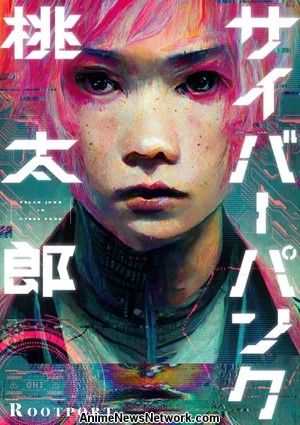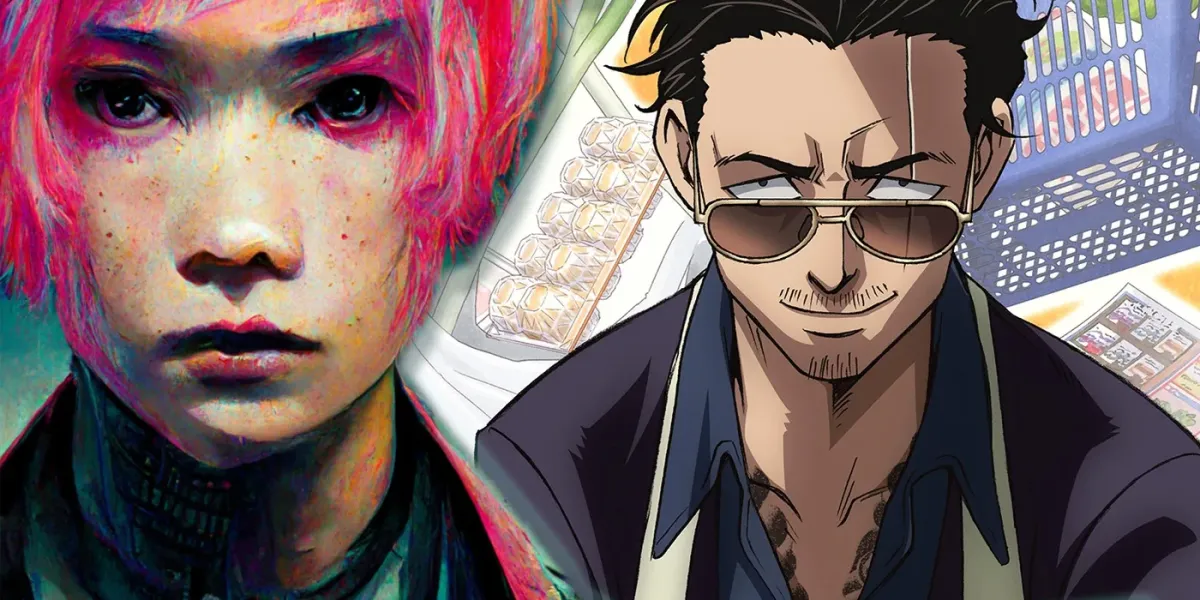A comic created entirely by artificial intelligence, published by the Japanese publisher Shinchosha, has garnered media attention. The AI business Co-Edo and Shinchosha collaborated on the manga titled “The Cloud of Unknowing.” A little girl named Saya is transferred to a mystery planet in the manga’s plot.
When she meets a collection of AI creatures, they set out on a trip to learn more about their world’s mysteries and the true nature of their existence together. Using AI software that was trained on a vast collection of manga images, the manga’s artwork was produced.
The manga’s character and backdrop designs were produced by AI with very little assistance from the manga’s human creators. Much discussion regarding the use of technology in the art world has been generated by the employment of AI in the production of manga. Some contend that the usage of AI diminishes the originality and creativity of traditional manga.
While others view it as a means of expanding the limits of the medium, regardless of perspectives on the usage of AI in the manga, the experiment “The Cloud of Unknowing” has been a success and has piqued many people’s curiosity about the possibility of AI in the future in the fields of art and entertainment.
The Process of AI-Drawn Manga
The foundation of AI-generated manga is the formulaic breakdown of the creative abilities of skilled manga-ka into a form that can be intelligently repeated. When a real script is entered into a computer, artificial intelligence (AI) will produce visual storyboards and panels by the programming guidelines.
The variety of news available to viewers and even the pace at which new tales are released can increase with AI-drawn comics. Because it has the potential to completely alter how tales are created and distributed to audiences, Shinchosha’s launch is a significant turning point for the manga and AI industries.
Shinchosha used AI persona technology and natural language processing to build the sequence. An initial script is fed into the AI plan to start the approach. The AI plan then interprets this script and transforms it into images, outlines, and poses. The artwork is then expertly fine-tuned by editors with the assistance of a global network of human manga-ka until it faithfully depicts the written narrative.

AI-Drawn Manga: Advantages
Rapid production
The AI strategy allows for accelerated production and output of artwork. Manga produced with AI will be published at a significantly faster rate, allowing readers to experience more enlightening content faster.
Efficiency
An AI-drawn manga has a lot more label-setting potential than a manga that has long since vanished. Since the AI program does much of the job, the publisher can drastically cut labor costs and save the costs associated with hiring a skilled artist or team of artists.
Contemporary Narratives
The AI strategy goes beyond a simple imitation of the long-gone manga-ka trend. It produces new and innovative artwork and designs that incorporate tales that are brought to life unusually and fascinatingly.
The reactions of Art Lovers
In the world of animated films or even the peek landscape as a whole, AI-generated art or artwork created by a computer program is nothing new. Many fans have often created horrifying tributes to their favorite IPs and franchises using software tools like Mid journey AI; for instance, Gizmodo recently released a portfolio of 11 AI-reimagined horror movie posters.
Eiichiro Oda, the adored and lauded mangaka of One Piece, has also experimented with these systems. At the end of last year, he posted a video in which he drew the antagonist Rob Lucci using an AI drawing tool.
Not everyone, especially those in the western entertainment business, has accepted AI-generated art and tales, though. For instance, in a recent interview, Guillermo del Toro, the creator of Netflix’s stop-motion Pinocchio adaption, The Shape of Water, and Pan’s Labyrinth, harshly attacked the usage of tools like Mid journey AI.
Shinchosha, the renowned director, believes that art is a way for the spirit to express itself. When it works efficiently, it accepts all of who you are. He, therefore, enjoys and consumes human-made art. That has moved him to tears. A machine-generated illustration or the extrapolation of data is not of interest to him at all.


